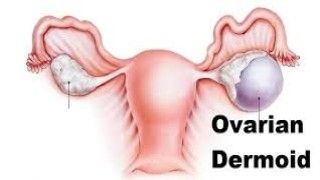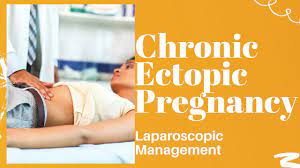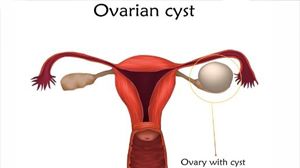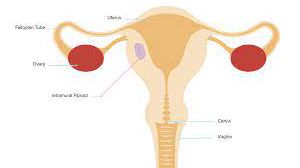Chronic pelvic pain in females
Add to
Share
1,586 views
Report
2 years ago
Description
Chronic pelvic pain (CPP) is a common problem among women, which is defined as pain in the pelvic region lasting for more than six months. There are many potential causes of CPP, which can make it difficult to diagnose and treat. Some common causes of CPP in females include: Endometriosis: This is a condition where tissue that normally lines the uterus grows outside of it, causing pain and inflammation. Pelvic inflammatory disease (PID): This is an infection of the reproductive organs that can cause pain in the lower abdomen, as well as other symptoms such as fever and vaginal discharge. Adenomyosis: This is a condition where the tissue that lines the uterus grows into the wall of the uterus, causing pain and heavy menstrual bleeding. Interstitial cystitis (IC): This is a chronic bladder condition that can cause pain in the pelvic region, as well as frequent urination and other urinary symptoms. Fibroids: These are non-cancerous growths in the uterus that can cause pain and heavy menstrual bleeding. Chronic prostatitis: This is a condition where the prostate gland becomes inflamed, causing pain in the pelvic region. Musculoskeletal problems: These can include conditions such as pelvic floor dysfunction, which can cause pain in the pelvic region. Diagnosis and treatment of CPP may involve a combination of approaches, including medical treatments (such as pain relievers, hormone therapy, or antibiotics), physical therapy, and lifestyle changes (such as stress reduction and dietary modifications). In some cases, surgery may be necessary to treat the underlying cause of the pain. It's important for women experiencing CPP to seek medical attention and work with their healthcare provider to determine the cause and appropriate treatment plan.
Similar Videos






